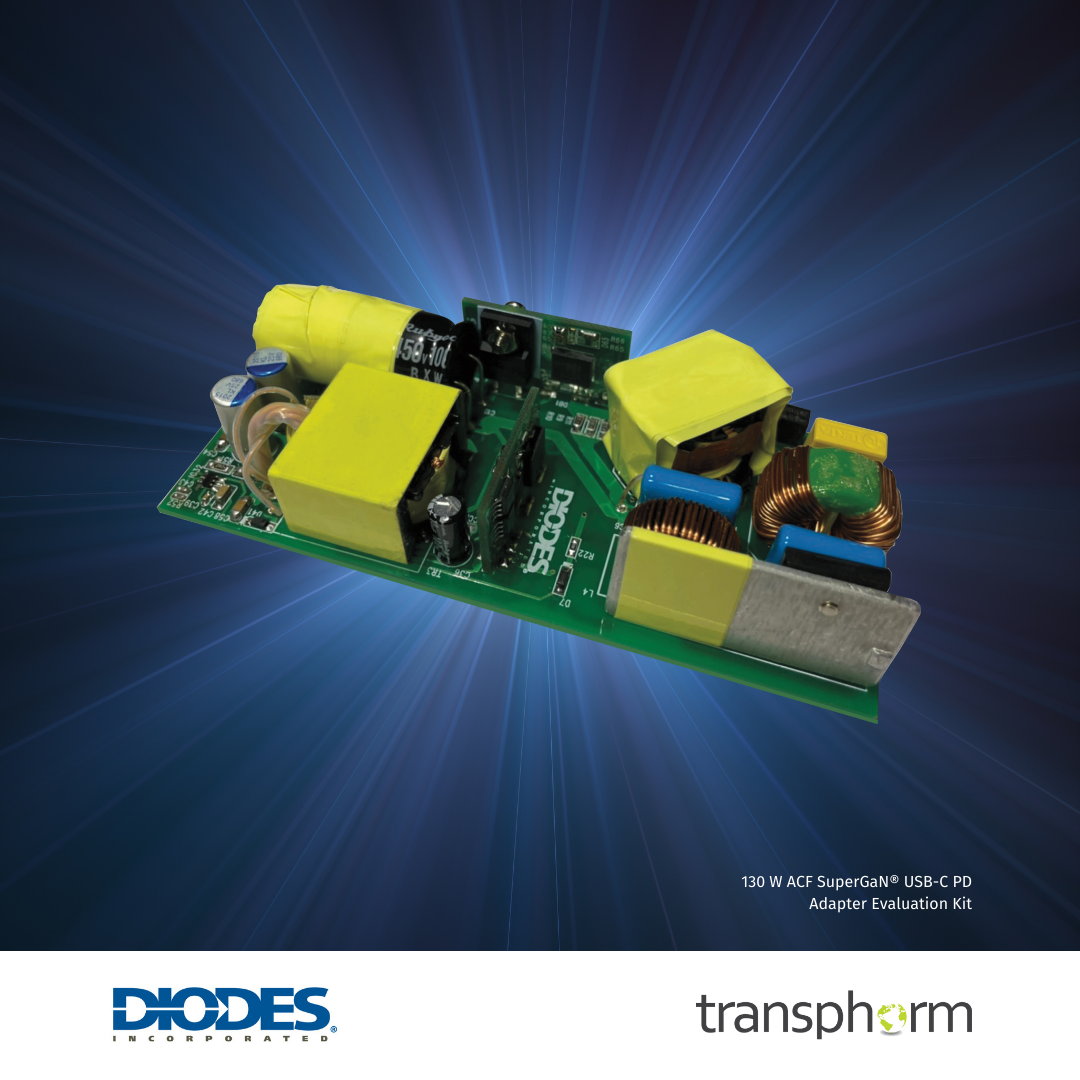 Diodes Incorporated has launched a complete 130W USB Type-C power delivery (PD) 3.0 adapter evaluation and development kit. This new solution uses SuperGaN FETs from Transphorm, Inc.
Diodes Incorporated has launched a complete 130W USB Type-C power delivery (PD) 3.0 adapter evaluation and development kit. This new solution uses SuperGaN FETs from Transphorm, Inc.
The kit pairs Diodes’ high-performing, innovative ACF controllers and Transphorm’s patented normally-off SuperGaN Gen IV devices with input power factor correction (PFC). The resulting solution delivers low standby power, higher efficiency, unprecedented thermal performance, and optimal system bill-of-materials (BOM) cost, compared to e-mode GaN and silicon-based systems. It exceeds DOE VI and COC Tier 2 power efficiency requirements and allows for increased power density.
Diodes’ ACF solutions are designed to leverage next-generation power conversion technologies in configurations offering greater performance than traditional flyback systems and significantly lower cost than half-bridge resonant LLC solutions in USB PD charging applications. The new 130W ACF SuperGaN kit is no exception, enabling easy and quick evaluation of advanced technologies while accelerating go-to-market timelines. Capabilities include: High power peak efficiency: > 93.5%; High power factor: > 0.90 over line over 60% load; Ultra-low total harmonic distortion (THD): < 18% over line over 60% load; Low standby power: < 43mW; Lowest switch temperature: < 75C;
The AP3306: A highly integrated ACF controller designed for ultra-low standby power and high power density requirements, with comprehensive protection mechanisms incorporated.
The APR340: A MOSFET driver intended for secondary-side synchronous rectification.
The AP43771V: A USB Type-C PD3.0 decoder, with on/off N-channel MOSFET control and robust protection features.
Two TP65H150G4LSG devices: These are SuperGaN 650V, 150mΩ FETs, with one each for the PFC control and ACF control stages respectively.
The simple-to-use 130W USB PD ACF kit allows manufacturers to quickly customize and implement 90W to 150W adapter designs with USB-C, PPS, and multi-protocol configurations. This kit is now available upon request from Diodes.

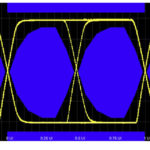
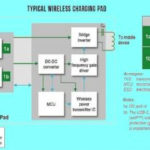
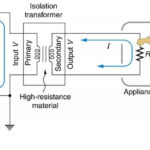
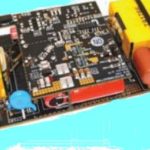
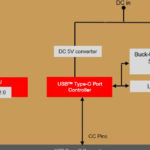

Leave a Reply